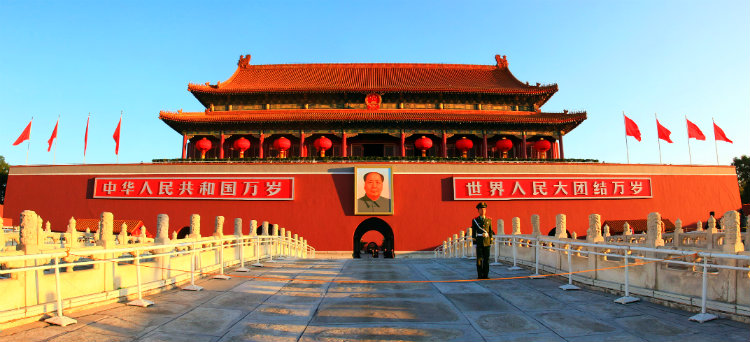Giuseppe Sandro Mela.
2017-11-26.
«If you want to get rich, first build a road»
*
«In 2013 President Xi Jinping revived this ancient endeavour, with the aim of linking China with Asia, Africa, eastern Europe, Russia and the Middle East»
*
«In 2018 the new Silk Road will get a digital dimension. China will extend coverage of its home-grown satellite-navigation system to the 60-plus countries along the belt and road»
*
«By 2020 China aims to compete directly with America’s Global Positioning System (GPS), and expand its services globally with a network of 35 satellites»
*
«BeiDou connects the unconnected»
*
«The UN says that 62% of people in the Asia-Pacific region are not currently online»
*
«In addition to over $1trn in planned belt and road investments, China is spending an estimated $25bn on BeiDou.»
*
«More than 30 countries have signed agreements to embed BeiDou domestically»
* * * * * * *
«BeiDou, which is under military control, enables China to end its dependence on America’s GPS.»
*
«Now China can deploy BeiDou-guided conventional strike weapons »
* * * * * * *
Mentre l’Occidente investe gran parte dei bilanci statali in welfare e benefit, stipendi e vitalizi, la Cina investe cifre colossali in infrastrutture, dalle quali si attende anche un congruo ritorno economico, duraturo nel tempo.
È semplicemente evidente che alla fine il modello cinese è quello destinato a vincere. Con tutte quelle che saranno le ovvie conseguenze. Infatti sta semplicemente accerchiando l’Occidente.
Due elementi da mettere in evidenza.
«BeiDou connects the unconnected»
Già: ed i paesi che l’Occidente aveva snobbato saranno forse ingrati verso i cinesi?
«BeiDou, which is under military control»
